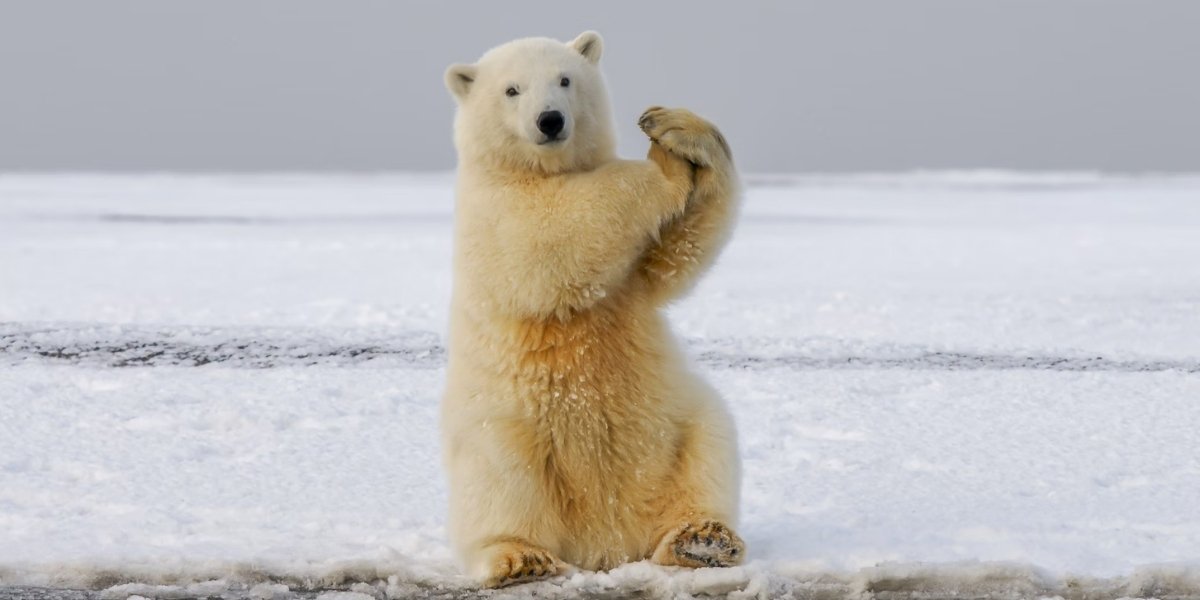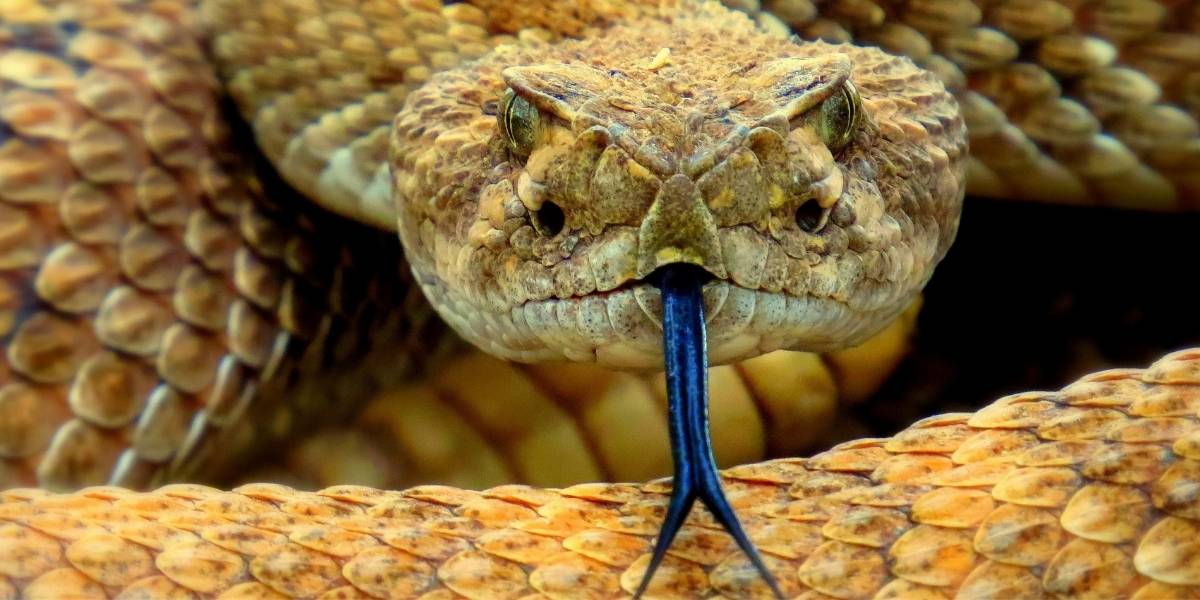North America is a key player in the history of dinosaur paleontology, with countless fossil discoveries that have significantly shaped our understanding of these prehistoric giants. From the towering Tyrannosaurus rex to the plant-eating Triceratops, the American continent has provided some of the most significant and famous dinosaur fossils ever uncovered. This pillar delves into the fascinating world of dinosaur fossils found across North America, examining key discoveries, fossil sites, and the historical and scientific significance of these finds.
Read Also: Writing Your First Piano Piece: A Beginner’s Guide
A Continent Rich in Dinosaur History
North America boasts a vast and diverse geological landscape, and its fossil record is among the richest in the world. Fossils found across the continent span multiple geological periods, primarily from the Late Triassic to the Cretaceous period.
The Geological Timeline of Dinosaur Evolution
The history of dinosaurs in North America can be divided into several significant periods:
-
Triassic Period (252-201 million years ago): The first dinosaurs appeared during this time, but they were small and not yet dominant. Fossils from the Late Triassic in North America are less abundant but still important in tracing early dinosaur evolution.
-
Jurassic Period (201-145 million years ago): The Jurassic was a time of explosive dinosaur diversification. Large sauropods, like the Apatosaurus, and theropods like Allosaurus began to dominate the landscape.
-
Cretaceous Period (145-66 million years ago): The Cretaceous saw the rise of iconic dinosaurs like Tyrannosaurus rex, Triceratops, and Velociraptor, which roamed North America just before their extinction.
Key fossil sites such as the Morrison Formation, Hell Creek Formation, and Dinosaur National Monument continue to yield important fossil discoveries from these time periods, revealing the diversity of species that once inhabited the continent.
Iconic Fossil Discoveries and Sites
North America has been home to some of the most famous dinosaur fossils, with discoveries that have revolutionized our understanding of prehistoric life. Some of these iconic fossils have become symbols of paleontological research.
Tyrannosaurus rex: King of the Dinosaurs
The Tyrannosaurus rex, or T. rex, is perhaps the most famous dinosaur in the world. Discovered in the Hell Creek Formation of Montana in the early 20th century by Barnum Brown, T. rex is known for its massive size, sharp teeth, and predatory nature. Its fossils have provided invaluable insights into the behavior, diet, and biology of theropods, making it an enduring symbol of dinosaur research.
Triceratops: The Horned Herbivore
The Triceratops is another iconic dinosaur discovered in the Hell Creek Formation. This large herbivorous dinosaur is easily recognized by its three facial horns and a large bony frill at the back of its head. As one of the last dinosaurs to appear before the Cretaceous-Paleogene extinction event, Triceratops remains a key species in understanding the Late Cretaceous ecosystems of North America.
Stegosaurus: The Plated Giant
Fossils of Stegosaurus, discovered in the Morrison Formation of Colorado, are some of the most famous dinosaur remains found in North America. Known for its distinctive plated back and spiked tail, Stegosaurus lived during the Late Jurassic period and provides critical evidence about the types of herbivores that once roamed the planet.
Allosaurus: The Predecessor to T. rex
The Allosaurus, discovered in the Morrison Formation, was a formidable carnivore that lived during the Late Jurassic period. With its sharp teeth and claws, Allosaurus is considered a key ancestor of later theropods, including Tyrannosaurus rex.
Dinosaur National Monument: A Fossil Treasure Trove
Dinosaur National Monument, located in Utah and Colorado, is one of the most significant fossil sites in North America. The site preserves fossilized remains of various species, including Allosaurus, Stegosaurus, and Apatosaurus. This monument offers visitors the opportunity to see fossils in situ, giving a glimpse into the prehistoric world.
The Pioneers of American Paleontology
The discovery and interpretation of dinosaur fossils in North America would not have been possible without the contributions of pioneering paleontologists. These scientists were instrumental in uncovering and interpreting the fossilized remains that have shaped our understanding of dinosaurs.
O.C. Marsh and Edward Drinker Cope: The Bone Wars
The rivalry between O.C. Marsh and Edward Drinker Cope, known as the Bone Wars, was one of the most famous periods in American paleontology. Both men competed fiercely to discover and name new dinosaur species. Their work led to the identification of many significant species, including Triceratops and Apatosaurus. Despite the competition, their discoveries laid the groundwork for modern paleontology.
Barnum Brown: Discoverer of T. rex
Barnum Brown, often referred to as the “father of the T. rex,” made the groundbreaking discovery of the first Tyrannosaurus rex fossil in 1902. His work with T. rex and other dinosaurs helped define the field of paleontology in North America, and his contributions continue to be celebrated today.
Scientific Significance and Research
The fossilized remains of dinosaurs in North America have provided researchers with crucial insights into dinosaur evolution, behavior, and extinction. The study of these fossils has helped scientists understand how dinosaurs grew, how they interacted with their environments, and their evolutionary relationship to modern birds.
Dinosaur Evolution and Paleobiology
American dinosaur fossils have been critical in understanding the broader evolution of dinosaurs. For instance, the study of Tyrannosaurus rex and other theropods has helped establish the link between birds and dinosaurs, supporting the theory that birds are the modern-day descendants of theropod dinosaurs.
Dinosaur Behavior and Ecology
The study of fossilized footprints, trackways, and nests has revealed important information about dinosaur behavior. Evidence of herd behavior in species like Triceratops and Sauropods shows that some dinosaurs lived and traveled in groups, offering insights into their social structures and interactions.
The Process of Fossilization and Excavation
The process of fossilization occurs over millions of years, as organic materials in the bones are replaced by minerals, turning the remains into rock-like structures. Fossilization is a rare event, and the conditions must be just right for the bones to be preserved.
Excavation Techniques
Excavating dinosaur fossils is a meticulous process. Paleontologists use tools like brushes, chisels, and pneumatic hammers to carefully remove fossils from the surrounding rock. Once excavated, the fossils are cleaned and analyzed in laboratories to learn more about the species and the environment in which they lived.
Dinosaur Museums and Public Engagement
Many of the significant dinosaur fossils found in North America are now housed in world-class museums, which play an essential role in educating the public and fostering a deeper understanding of prehistoric life.
Leading Dinosaur Museums
Institutions like the American Museum of Natural History in New York, the Field Museum in Chicago, and the Smithsonian National Museum of Natural History in Washington, D.C., house some of the most extensive dinosaur fossil collections in the world. These museums provide educational programs, exhibitions, and interactive displays that engage the public in the science of paleontology.
Ongoing Discoveries and Future Potential
Paleontological research is an ongoing process, and new discoveries are continually being made in North America. With advances in technology and new excavation techniques, scientists are uncovering even more fossilized remains, shedding light on previously unknown species and behaviors.
Emerging Technologies and Discoveries
New technologies, such as CT scanning and 3D imaging, allow paleontologists to examine fossils in greater detail without damaging the specimens. These technologies are helping researchers gain deeper insights into dinosaur anatomy, behavior, and evolutionary processes. Future discoveries may reveal new species, offer a better understanding of dinosaur development, and enhance our knowledge of prehistoric ecosystems.
Read Also: The Mysteries of Stonehenge: Construction, Purpose, and Legacy
North America’s rich legacy of dinosaur fossils has provided invaluable insights into the world of these ancient creatures. From the early discoveries of pioneers like Barnum Brown to the modern-day work of paleontologists using cutting-edge technology, the study of dinosaurs continues to fascinate and inspire. As new fossils are uncovered, our understanding of these majestic creatures and their ecosystems will continue to evolve, revealing more about the history of life on Earth.








